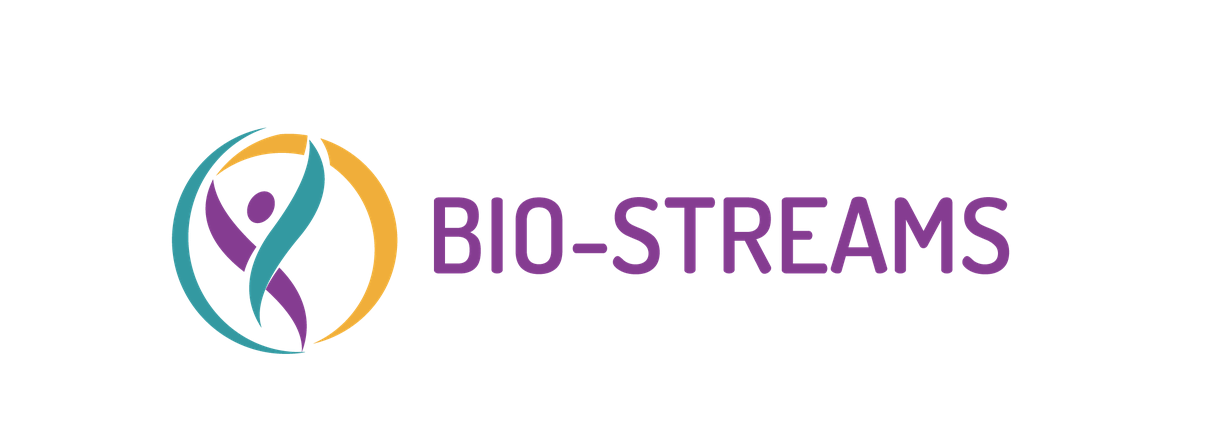BIO-STREAM Project
Duration: 01/05/2023 – 30/04/2027
i2g is a partner of the Bio-streams project, an EU initiative to fight childhood and adolescent obesity with data-driven research, prevention measures and community participation. i2g leads the the development of a Cost Related Data Model, which includes:
• Identifying the costs of obesity and its related diseases, prevention interventions, and data collection and analysis.
• Reviewing the existing data on obesity prevalence, incidence, and risk factors, and finding the gaps in cost, quality of life, and behavioral data.
• Collecting prospective data from surveys, interviews, or focus groups with policy-makers, health professionals, parents, and children, to understand the costs, benefits, and preferences of prevention interventions and strategies.
• Implementing a health economic model to compare the costs and outcomes of different prevention interventions and strategies, and to estimate the potential savings and impacts of reducing obesity and its related diseases.
• Defining the frequency and time interval for cost data collection, such as monthly, quarterly, or annually, and for different time horizons, such as short-term, medium-term, or long-term.
• Incorporating the indicators in a web-based platform that integrates and visualizes the data and results of the project, and provides access to evidence-based resources on health promotion and disease prevention topics.
• a communication and dissemination strategy, for sharing and disseminating the data and results, and engaging and involving the stakeholders and the public.
i2g is committed to the Bio-streams project, and believes that its work can provide valuable insights and evidence for the policy-makers and the public health practitioners, who are responsible for designing and implementing preventive programs and strategies, to address the challenge of obesity and its related diseases, and to improve the health and well-being of children and adolescents in Europe.



